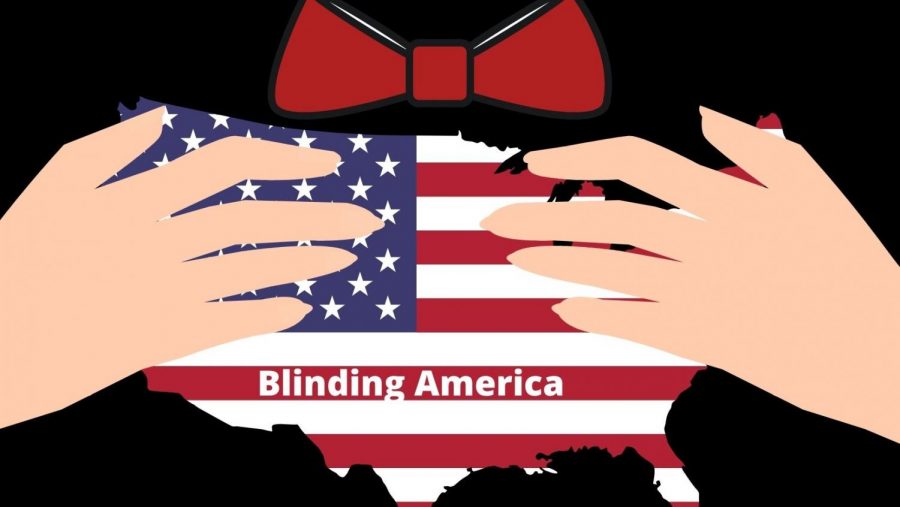Blinding America: race and gender theory
America’s children, teens, and young adults all deserve to learn about their country’s past. For the sake of America’s future, teachers should educate their students on the issues within America. In turn, the younger generations will work to fix these issues.
September 8, 2021
In recent years, race and gender theory in modern American schools grew more prevalent. In fact, 5 U.S states banned teaching critical race theory in their schools, and over ten others considered a ban. In this case, far too many lawmakers refuse to acknowledge the racism and prejudice in America’s legislature.
Critical Race Theory (CRT) refers to the idea that social institutions in the United States use racist logic when passing laws, regulations, enactments, or procedures. For example, on June 3rd the Georgia School Board agreed on the resolution that public school teachers should only educate their students on the fact that racism and slavery defied America’s founding principles. However, the definition of racism stems from the hatred of another race, especially minorities. The resolution states that teachers should only teach that slavery defied that the United States stands for liberty and equality.
According to the Brookings Institution, Idaho, Oklahoma, Tennessee, Texas, Iowa, New Hampshire, Arizona, and South Carolina all passed legislation on CRT without explicitly mentioning it. Instead, they strictly ban the discussion or teaching that America stands for racism or even any discussion about unconscious bias, privilege, discrimination, and oppression in America. However, racism dates back to some of the first U.S presidents. George Washington, owned over 100 slaves and brought free slaves from states such as Pennsylvania. President Andrew Jackson both enslaved black people and forcefully relocated Native Americans. Even the 28th President, Woodrow Wilson, re-segregated large parts of the federal government during his time in office and promoted the KKK. Simply put, privilege, racism, and oppression in America stemmed from decades ago, not modern-day.
“I think further concealment of the history of American slavery can only negatively impact children in school. This gap in knowledge has already diminished the importance of the subject and treats it more as a short event ending inequality for everybody when it was so, so much more. Especially when education is being regulated, censored, and made more palatable,” magnet junior Kyla Beddingfield said.
Gender theory refers to the study of masculine, feminine, and queer behavior in any given context, community, society, or field of study. In the past, people debated over whether schools should consider teaching gender fluency to students. Children should feel comfortable finding and expressing their identity in school, without judgment or confusion. However, these children should also understand the true meaning of the LGBTQ community. According to the New Republic, Tennessee and Montana passed a “Don’t Say Gay” law that prohibited teachers from teaching LGBTQ history and gave parents the option not to allow their kids to learn about this topic. This law completely undermines the history behind the LGBTQ community.
Gender theory not only includes the study of the LGBTQ community, but also the roles and rights of women in America. Over 57% of women say the country does not fight hard enough to give women equal rights with men, while 33% of men believe that America did enough to combat this issue. To address this issue further, schools must take action and teach their students about the disparities of gender inequality. School administrators should encourage their staff to help children understand gender inequality and create a more gender-inclusive classroom environment.
These laws and principles represent lawmakers’ efforts to blind the American people to the injustices that shaped America. These efforts jeopardize the future of America and how it might potentially evolve. America’s lawmakers must change their way of thinking and allow students to learn about the history of their country.




